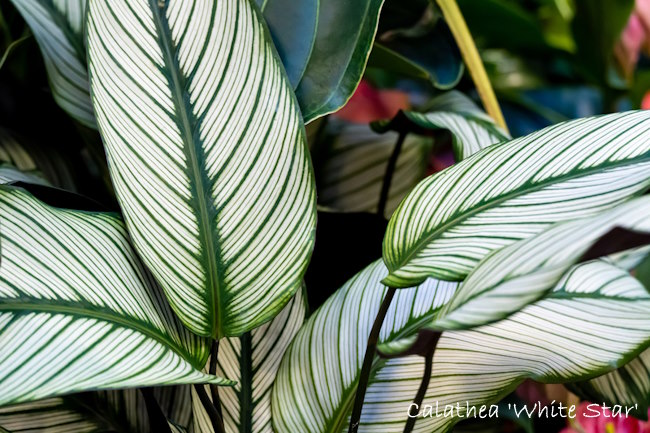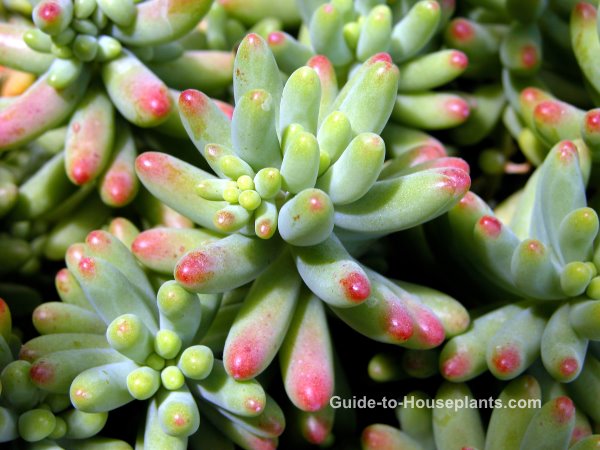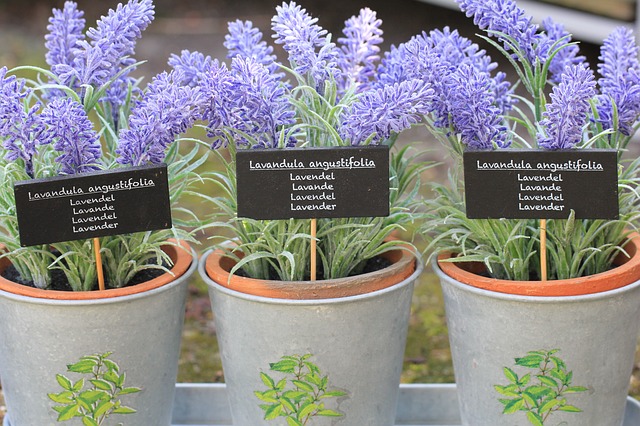Calathea 'White Star' Care
Calathea 'White Star' is a gorgeous cultivar sporting stunning white-striped foliage. Just like members of the prayer plant family, it closes its leaves at night like hands in prayer.
Discover how to grow 'White Star' indoors, including how much sunlight, water, and humidity this tropical beauty wants, plus when to repot and more.
 Image © Ilja Enger Tsizikov | Dreamstime
Image © Ilja Enger Tsizikov | DreamstimeGet to Know Calathea Majestica 'White Star'
Known botanically as Calathea majestica 'White Star', this rare beauty has origins in the rainforests of South America. It is an evergreen perennial that grows in a clump-forming, upright habit.
'White Star' is a stylish addition to any home. Dazzling white stripes across each leaf are separated by a bold green midrib. Some plants have a blush of pink across their leaves.
The key to keeping your houseplant happy indoors is to keep it moist, warm, and near indirect light. Think about its native rainforest habitat, where it is bathed in a mist and 70°C/21°C temps nearly all year.
Short of turning your home into a misty rainforest, there are simple ways to raise humidity for your tropical plants. You can set a small plant on a wet pebble tray. If your home is really dry (especially during the winter months) your best solution is to use a cool-mist room humidifier.
How big will Calathea 'White Star' get? Mature houseplants will reach a height of about 2 ft (60 cm). It will spread about as wide as it is tall.
Are Calatheas toxic? According to the ASPCA they are non-toxic, making Calathea 'White Star' pet-safe.
Captivating Collection
Grouping tropical plants together creates a humid micro-climate. How? As plants take up moisture through their roots, they transpire moisture through their leaves into the air.
Set your Calathea close to other humidity-loving houseplants, such as orchids, bromeliads and ferns. Calatheas will thrive in their company... and you'll love your indoor tropical plant collection.
Calathea 'White Star' Problems, Solutions and Answers
Brown leaf tips are caused by dry air. You have a few options for raising humidity for your houseplants. The most efficient way is to use a cool-mist room humidifier. A bathroom is sometimes a good location for tropical houseplants because of the extra humidity; but only if it has enough light streaming in. It's a good idea to use a humidity gauge near Calathea 'White Star', rather than guess. Indoor air can become extremely dry in winter without our noticing it.
Leaves not unfolding? Calatheas that keep their leaves upright night and day are likely too dry. This tropical native likes moisture -- don't forget to water and maintain humidity around it.
Leaf burn/dried leaves and stems are sometimes caused by a buildup of mineral salts from fertilizers. You may also notice white crusty deposits on the surface of the soil. If you've overfertilized your plant, leach it by slowly pouring lukewarm water over the soil a few times, allowing the water to drain out the drainage holes. Leaching once or twice a year will prevent unsightly leaf damage; it only takes a few minutes to do and you'll have a much healthier houseplant.
Something bugging your plant? Watch for webbing between stems and under the leaves. Spider mites are attracted to dry conditions, making them more of a threat during the winter months when indoor humidity drops. Isolate an infested plant and treat it immediately. Unfortunately, by the time you notice webbing, the infestation may be severe. Cut off badly damaged leaves and dispose of them.
Wondering whether to repot? When Calathea 'White Star' outgrows its pot, move it up to a pot 1- to 2-inches larger. Spring is the best time, when the plant is starting its most vigorous time of growth. Don't overpot -- a common mistake with houseplants. Why? A too-large pot will hold too much water, which may lead to root rot. Always use a pot with drainage holes to prevent soggy soil.
Calathea 'White Star' Care Tips
Light: Bright, indirect sunlight. Hot, direct sun will cause leaves to turn brown.
Water: Aim to keep the potting mix lightly moist; never allow it to dry out. It's a good idea to pot your Calathea in a container with drainage holes so you can water thoroughly without drowning your plant. Calatheas are sensitive to fluoride and salts in tap water, so I recommend using distilled water or rainwater. Also, remember to use lukewarm water because cold water is a shock to tropical houseplants.
Humidity: Calatheas thrive in high humidity. Aim to maintain at 60-70% relative humidity year-round. For best results, use a cool-mist room humidifier.
Temperature: Average to warm room temperatures (65-80°F/18-27°C) year-round.
Soil: Peat moss-based potting mix that contains perlite for fast drainage. African violet potting mix is ideal.
Fertilizer: Feed once a month spring through fall with a balanced (such as 10-10-10 NPK) water-soluble fertilizer.
Propagation: Leaf cuttings can be taken in spring. Keep cuttings warm, moist and in indirect sunlight for best results. Clumps can be divided and potted separately. Calatheas are not easy to divide, so wait until the plant is large before you try separating it.

